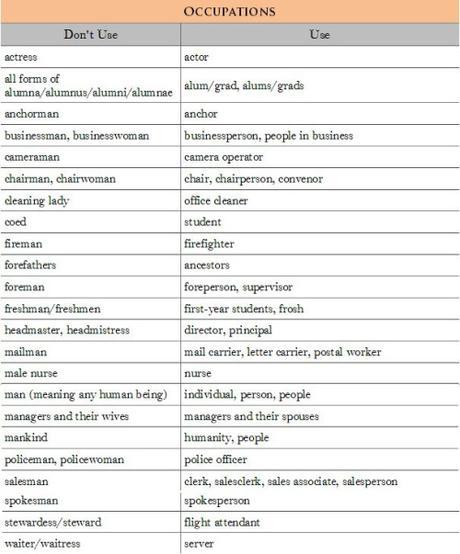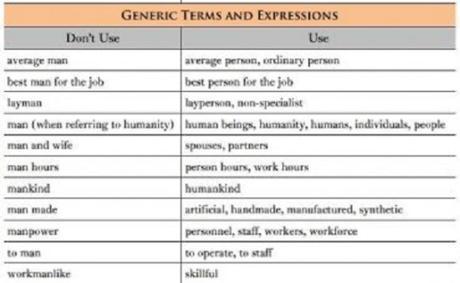Welcome to George Orwell’s 1984, aka, USA 2016.

The gender inclusive style guidelines are “to be utilized by all HR staff members in HR communications, policies, job descriptions, and job postings” because “Gender binary is the traditional view on human gender, which does not take into consideration individuals who identify as otherwise, including and not limited to transgender, genderqueer, gender non-conforming, and/or intersex.”
The Guidelines then offers the following tips:
1. Replace gendered pronouns, e.g., he, him, his, and she, her, hers, by rewriting the text in the plural. For example, “Each participant must present his ID badge at the door” becomes “All participants must present their ID badges at the door.”
2. Eliminate the pronoun altogether. For example, “Each employee is expected to turn in his annual disclosure form by the deadline” becomes “Employees are expected to turn in the annual disclosure forms by the deadline.”
3. Repeat the noun. For example, “The student must submit the course registration papers by July 1. Her guidance counselor will send confirmation by mail” becomes “he student must submit the course registration papers by July 1. The student’s guidance counselor will send confirmation by mail.”
4. Use the second person voice, i.e., address your reader directly, using you and your.
5. Use gender-neutral occupational titles and gender-neutral generic terms instead of the generic term man, generic words, and expressions that contain the word man and the use of man as an adjective or verb. Avoid expressions like career woman. Instead, be specific: artist, director, doctor, professor, etc.
The following table provides a list of gender-inclusive generic terms to use instead of the generic term man, generic words and expressions that contain the word man, and the use of man as an adjective or verb.


In a statement to The College Fix, Princeton’s director of media relations John Cramer said the guidelines “reflect the university’s initiative of fostering an inclusive environment.” Blah, blah, blah.
Princeton’s LGBT Center also has a guide on gender pronouns for those who identify as “transgender, genderqueer, and other gender-variant,” suggesting the use of these pronouns instead: “ze, zie and hir,” “they and theirs,” and “Ey, em, eir and emself.”
Ey think ze people at Princeton are out of zie, hir and eir minds!
~Eowyn

